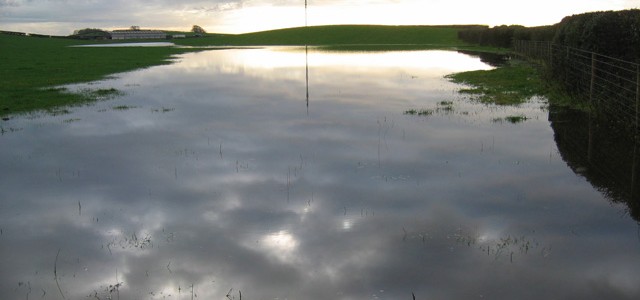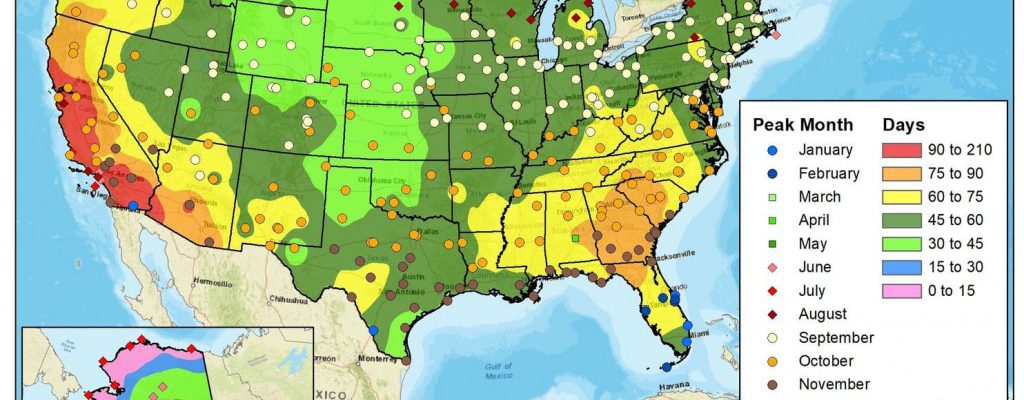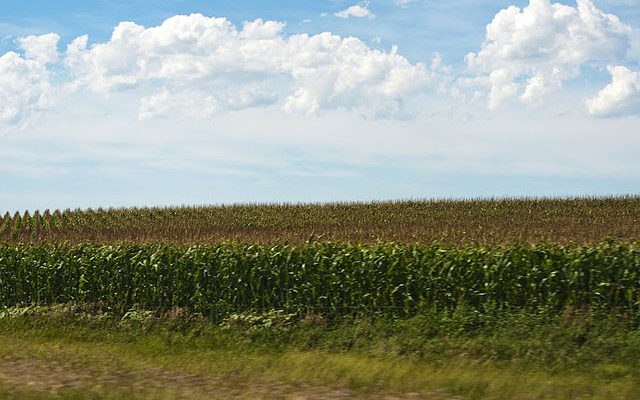Climate science
-

If you’ve been following news about the record-setting California wildfires this summer, you may have heard that wildfires in California are increasing due to more droughts due to climate change. However, when you look at the data, the statistics are a bit more nuanced. Cliff Mass of the University of Washington has crunched the numbers,…
-

Would you like to know more about how the weather works? Here is a new four-week online course on the weather offered by the University of Exeter and the Royal Meteorological Society in Great Britain. In it you will learn the basics of atmospheric science with demonstrations of fronts and other concepts. There is no…
-

What do you think makes for a “nice” day? Do you like cool and pretty or warm and breezy? While everyone has their own unique favorite weather pattern, using a combination of days within a certain temperature and humidity range, the number of days with sunshine, and some other factors, climatologist Brian Brettschneider provides a…
-

NASA has a useful web site which describes how sea level is measured and how future rises of sea level are projected using both current data and computer simulations. If you live near the coast you might be especially interested in learning more. You can view it at https://sealevel.nasa.gov/understanding-sea-level/projections/overview.
-

AgWeb posted an interesting article this week on a new study published by scientists at Lawrence Livermore National Laboratory on trends in the seasonal cycle of temperatures around the globe. The work used a new technique called “fingerprinting” which allowed them to separate out the effects of natural climate variability such as that caused by…
-

This week’s question from the Georgia Climate Project’s Roadmap discusses how climate change will affect Georgia’s coasts. The coasts are an important economic resource for Georgia, including the effects of tourism, fishing, and the value of biodiversity in coastal ecosystems. They are increasingly faced with problems from sea level rise as well as changes to…
-

Purdue University has just released a new report which describes the impacts of changing climate on agriculture in Indiana, which like much of the Southeast is heavily invested in growing crops and livestock for food and other uses. While climate changes in the Southeast have been more subtle than those in Indiana and the Corn…